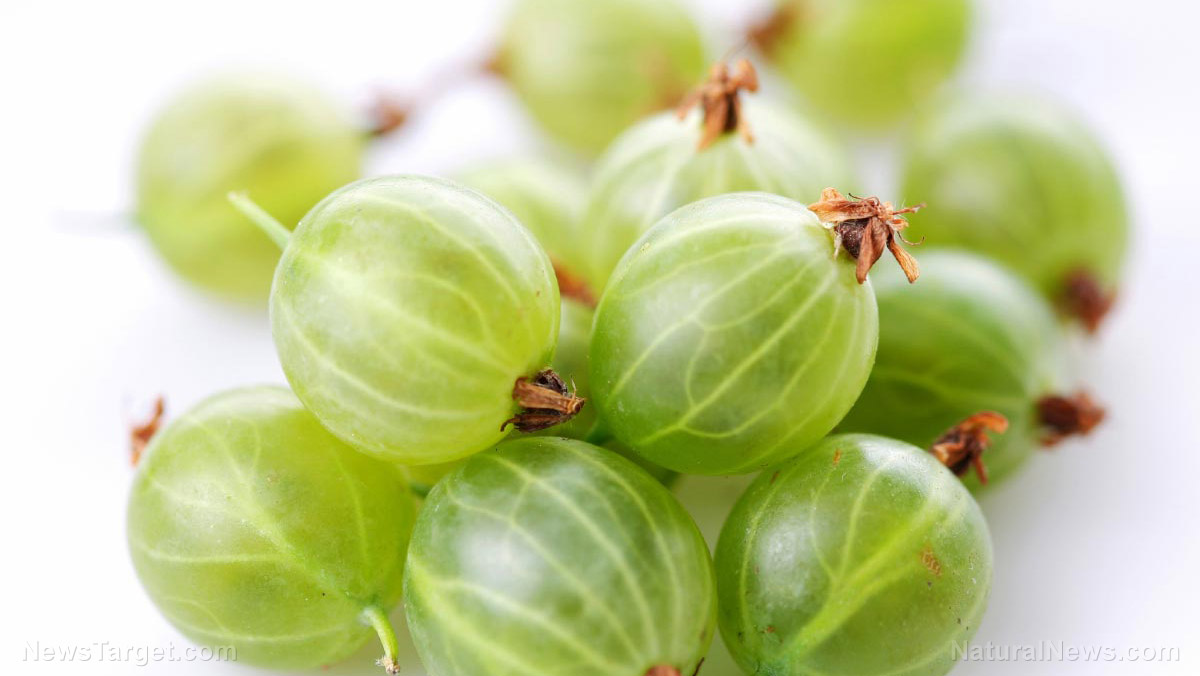
Advertisement
If you’re on the market for a versatile fruit packed with flavor and nutrition — the Ceylon gooseberry may just be the fruit you’re looking for. Native to Sri Lanka and southern India, Ceylon gooseberry (Dovyalis hebecarpa) — locally referred to as ketembilla — is berry packed with a strong acidic flavor and health-supporting nutrients. These days, the berry is grown in many places worldwide; these include Puerto Rico, Hawaii and Cuba, where Ceylon gooseberry is also used as an ornamental plant for hedgerows and an ingredient in food and traditional medicines.
Ceylon gooseberry grows on trees that can reach up to 20 feet in height, with a 30-foot spread. Experts say that the trees are extremely prolific: Each tree can produce tremendous amounts of fruit.
The secret behind Ceylon gooseberry’s health benefits
Ceylon gooseberry is a great source of dietary fiber, vitamin C, B vitamins, iron, phosphorus, calcium and protein. Just 100 grams of the fruit can provide the following nutrients.
- Vitamin C (ascorbic acid) — 98 milligrams
- Total dietary fiber — 14.6 g
- Vitamin B2 (riboflavin) — 0.4 mg
- Iron — 1.2 mg
- Phosphorus — 26 mg
- Protein — 1.2 g
- Vitamin B3 (niacin) — 0.3 mg
- Vitamin B1 (thiamine) — 0.02 mg
- Calcium — 13 mg
What sets Ceylon gooseberries apart from other fruits is the amount of healthy-supporting phytochemicals in its juicy, astringent flesh. Studies have shown that the fruits contain 10 anthocyanins and 26 carotenoids — all potent antioxidants. In addition, Ceylon gooseberries are known to improve memory, boost urinary tract health and reduce overall cancer risk.
Ceylon gooseberries are also linked to the following health benefits.
- Antimicrobial — The anthocyanins in Ceylon gooseberries can protect the body against bacterial infections and other similar problems.
- Healthy vision — A recent study has found that Ceylon gooseberries can actively neutralize the effects of oxidative stress in the retina and relieve inflammation in the tissue.
- Reduced risk of heart disease — Eating Ceylon gooseberries may reduce a person’s risk of coronary heart disease, as well as cardiovascular-related death.
- Speedy healing — The high levels of vitamin C in Ceylon gooseberries are known to speed up the healing process, and maintain good bone health.
How do I add Ceylon gooseberries to my diet?
For all its potent health benefits, eating Ceylon gooseberries fresh isn’t really recommended: It’s very acidic and astringent, and it’s also covered in fine, velvety hairs that irritate the mouth. Food experts say the best way to enjoy Ceylon gooseberries is to cook the fruit into preserves, jams, jellies and juices.
Ceylon gooseberries can also be blended into a puree, which you can use as a base for salad dressings and sauces — some even use the puree as a base for alcoholic beverages. The fruits have a similar flavor profile to cranberries, making it an ideal substitue for recipes that call the latter.
It’s also best to keep in mind that some recipes require Ceylon gooseberries to be cooked at different stages of ripeness. When making sauces, berries should be cooked when they’re slightly overripe — it’s at this point where their natural sugars are at their highest concentration. But if you’re making jellies and jam, choosing underripe berries are the best: This is when their pectin levels are their highest.
Ceylon gooseberries — packed with impressive amounts of nutrients and multiple health benefits — are some of the most nutritious fruits that you can add to your diet.
Sources:
Advertisements







